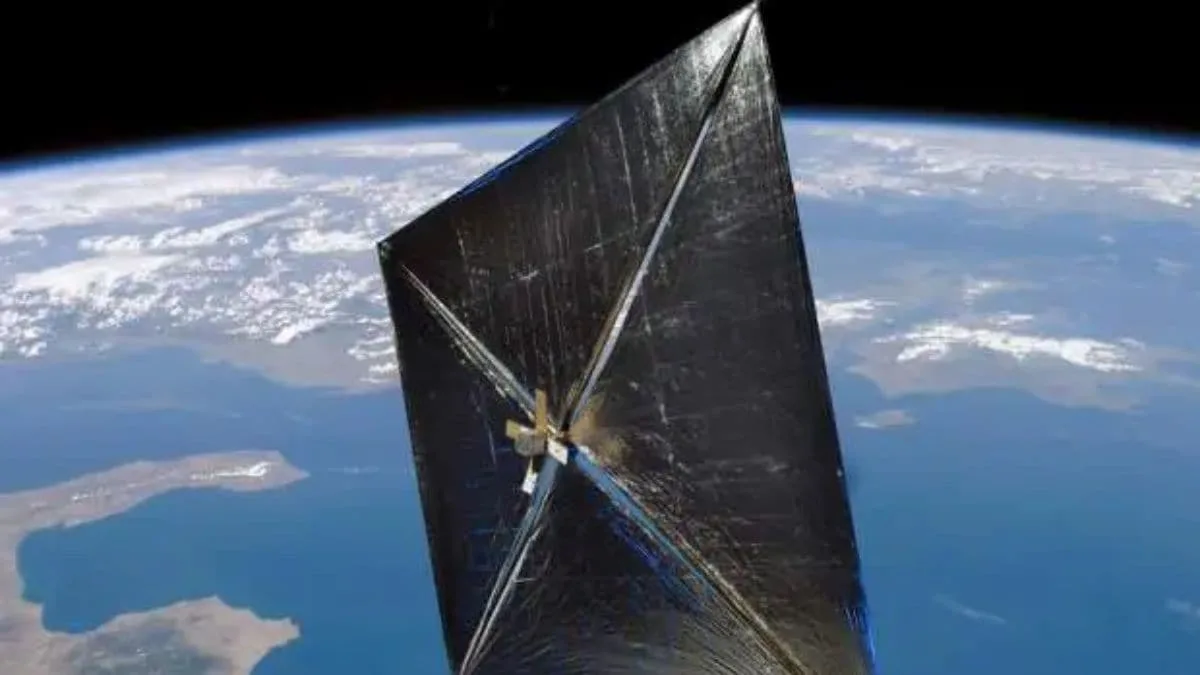
Solar Sail Satellites Could Enhance Space Weather Forecasting and Alerts

Satellites equipped with solar sails may soon improve early warnings for space weather events that could disrupt technological infrastructure on Earth. These sails, which harness light from the sun for propulsion, are being explored as a cost-effective alternative to traditional propulsion systems. Scientists believe this advancement could enhance monitoring of solar activity and provide earlier alerts for geomagnetic storms, reducing potential risks to power grids, satellites, GPS systems, and air traffic operations. Current space weather forecasting systems operate from a fixed point in space, but solar sail technology could allow satellites to move beyond conventional locations for improved data collection.
Advancement in Space Weather Forecasting
As reported by space.com, according to the National Oceanic and Atmospheric Administration’s (NOAA) Office of Space Weather Observations, which manages operational satellite systems, solar sails could allow spacecraft to travel beyond the Earth-sun Lagrange Point One (L1). This location, approximately 1.5 million kilometres from Earth, provides a stable position for solar observation. Irfan Azeem, Division Chief of the Research to Operations and Project Planning Division at NOAA, told Space.com that solar sails present a more efficient alternative to chemical propulsion, enabling satellites to move upstream of L1 for faster data retrieval. This could extend alert times for geomagnetic storms by up to 50 percent.
New Mission Underway
A project named Solar Cruiser, a collaboration between NOAA and NASA, is focused on developing a full-scale solar sail spacecraft. The sail, spanning 1,653 square metres, is designed to be deployed with four individual quadrants. NOAA has reported that the construction of the quadrants is expected to be completed by February 2026, with plans to secure a rideshare launch by 2029. Scientists are optimistic about the impact of this technology in space weather forecasting, as it could provide earlier detection of solar flares and coronal mass ejections, ultimately improving preparedness for disruptive space weather events.
For the latest tech news and reviews, follow Gadgets 360 on X, Facebook, WhatsApp, Threads and Google News. For the latest videos on gadgets and tech, subscribe to our YouTube channel. If you want to know everything about top influencers, follow our in-house Who’sThat360 on Instagram and YouTube.














